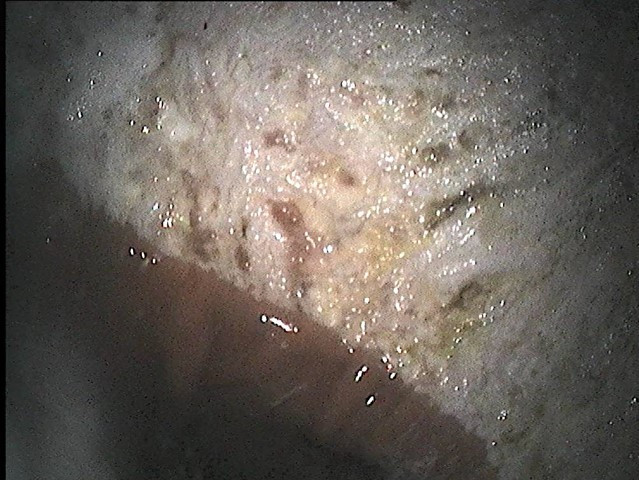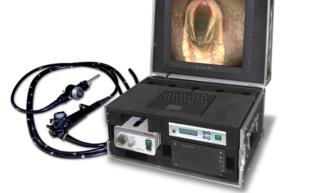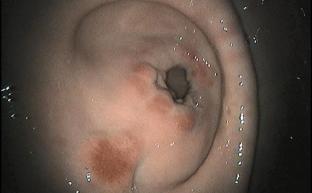Gastric ulceration of the squamous and glandular mucosa of the stomach has been found in studies to affect up to 93% of horses. Traditionally racehorses and sports horses have been most affected however we are seeing more of the condition in leisure horses.
Common signs of gastric ulceration disease are:
- Poor ridden performance
- Resistance to girthing
- Recurrent episodes of colic
- Weight loss
The only way to definitively diagnose equine gastric ulceration is to pass an endoscope via the nose into the horse's stomach. This is called gastroscopy.


